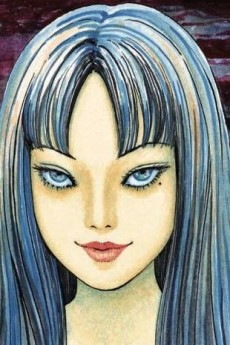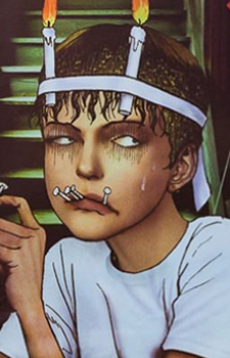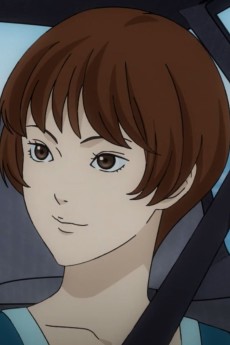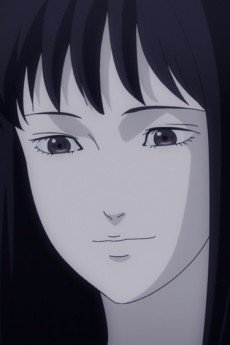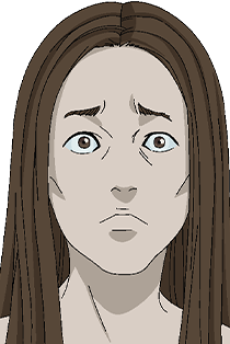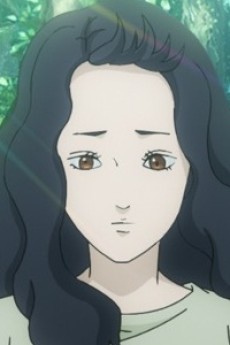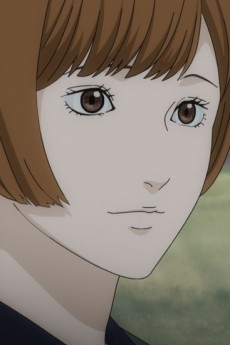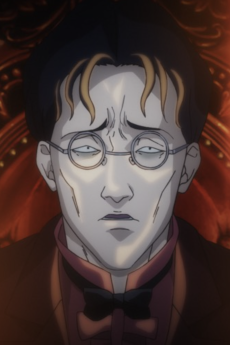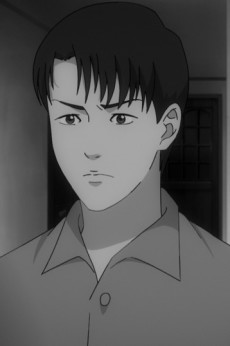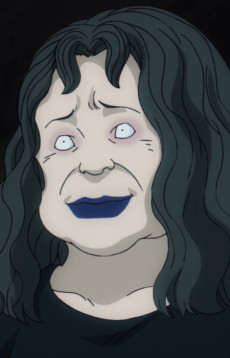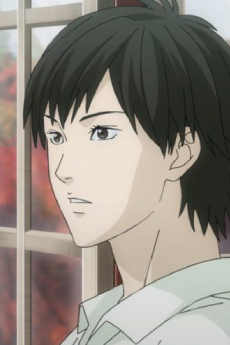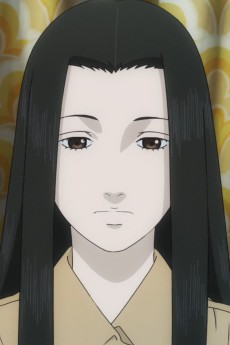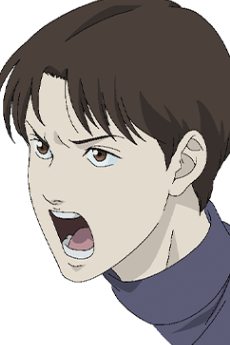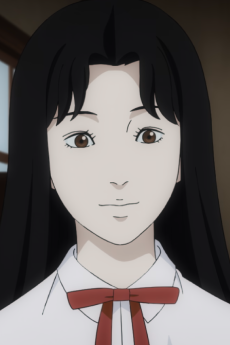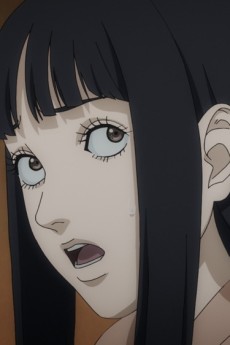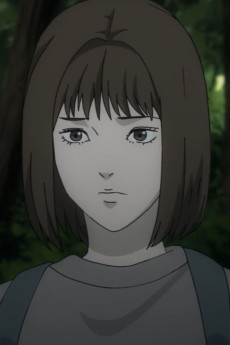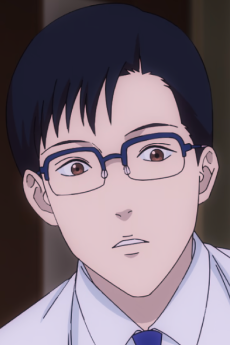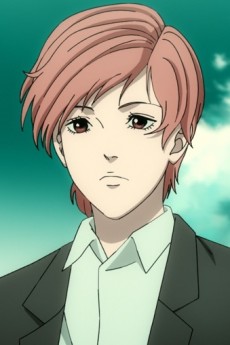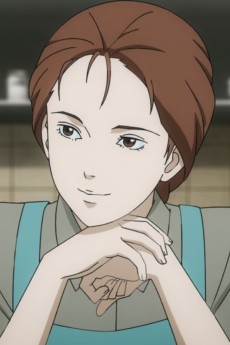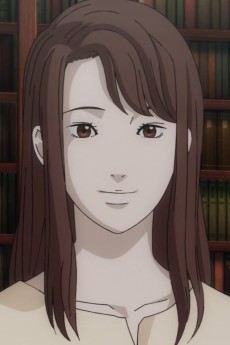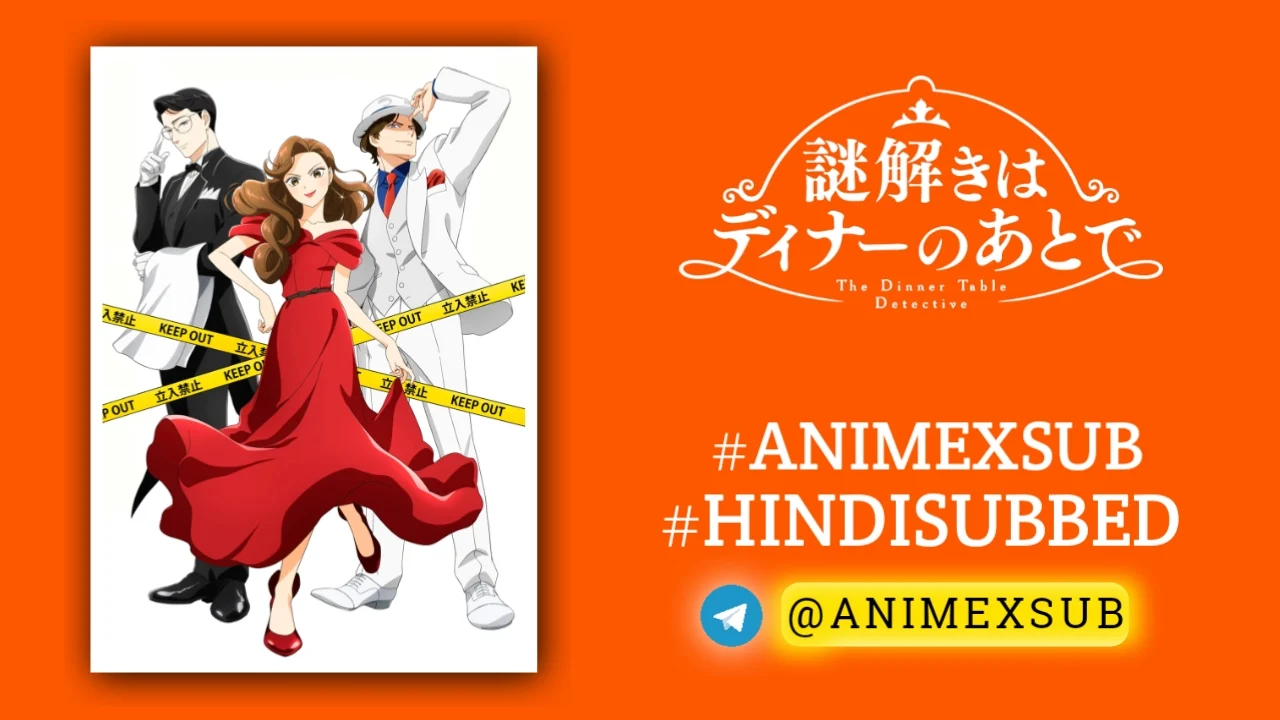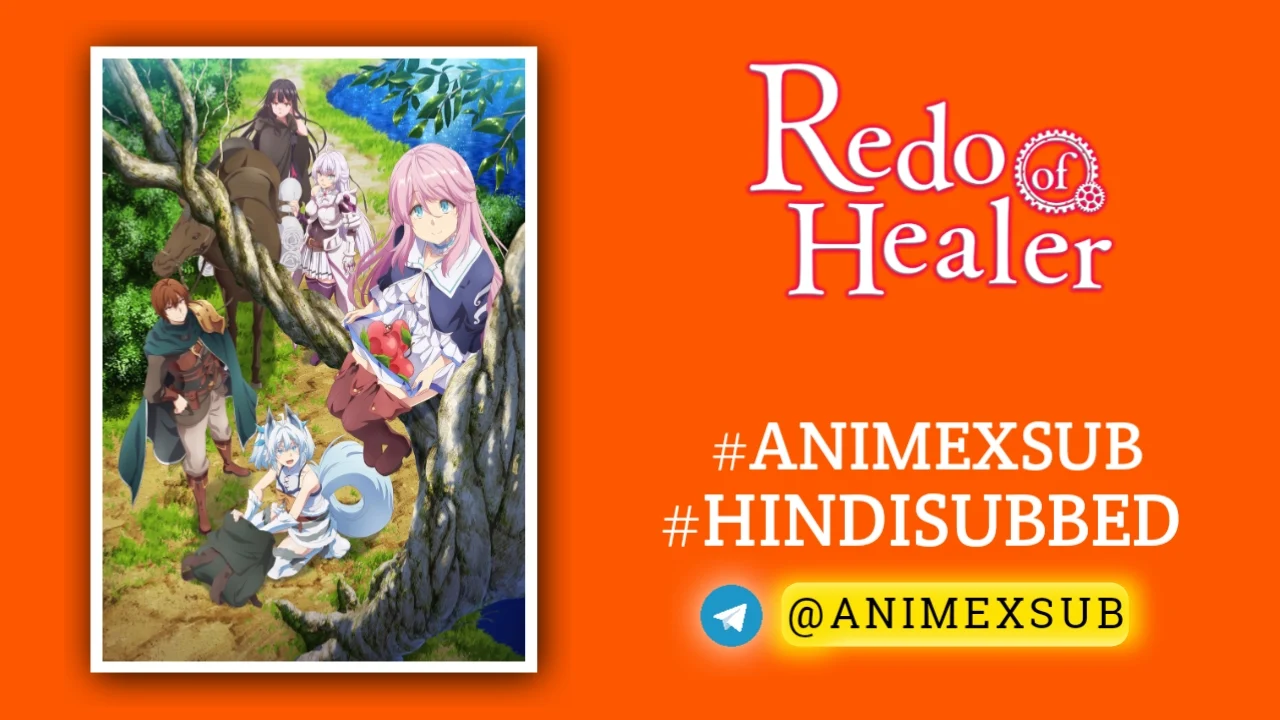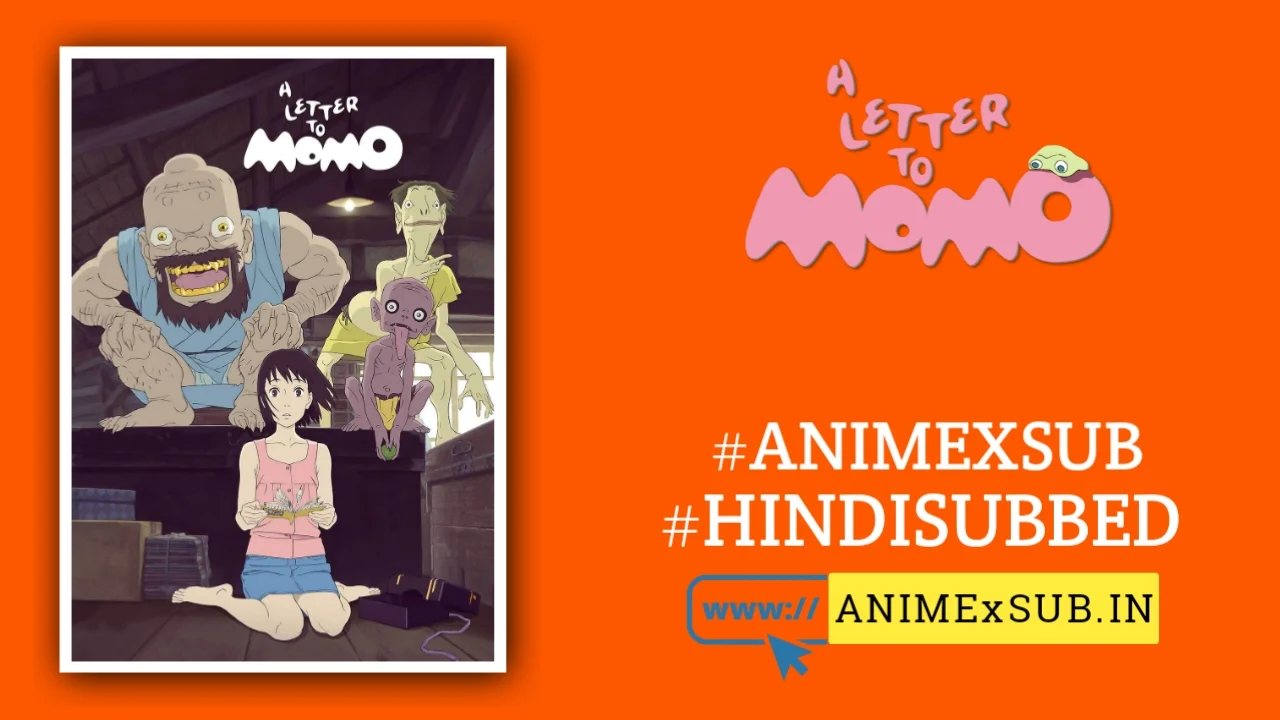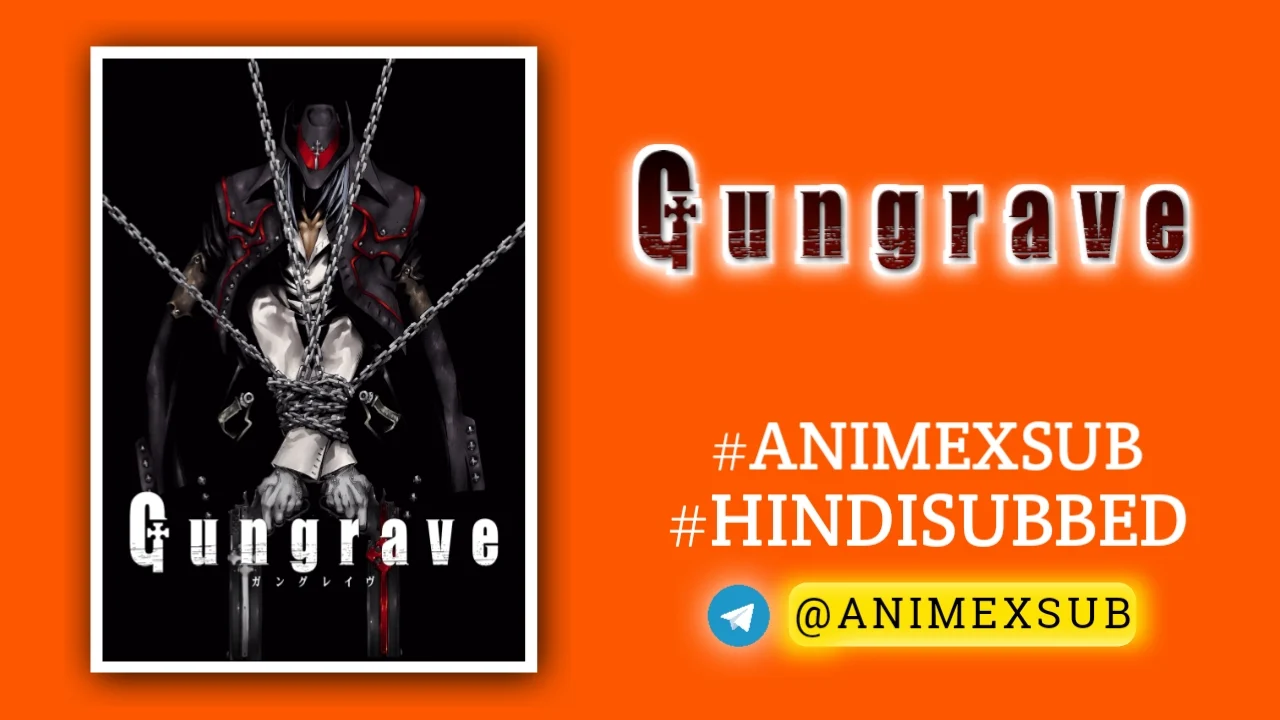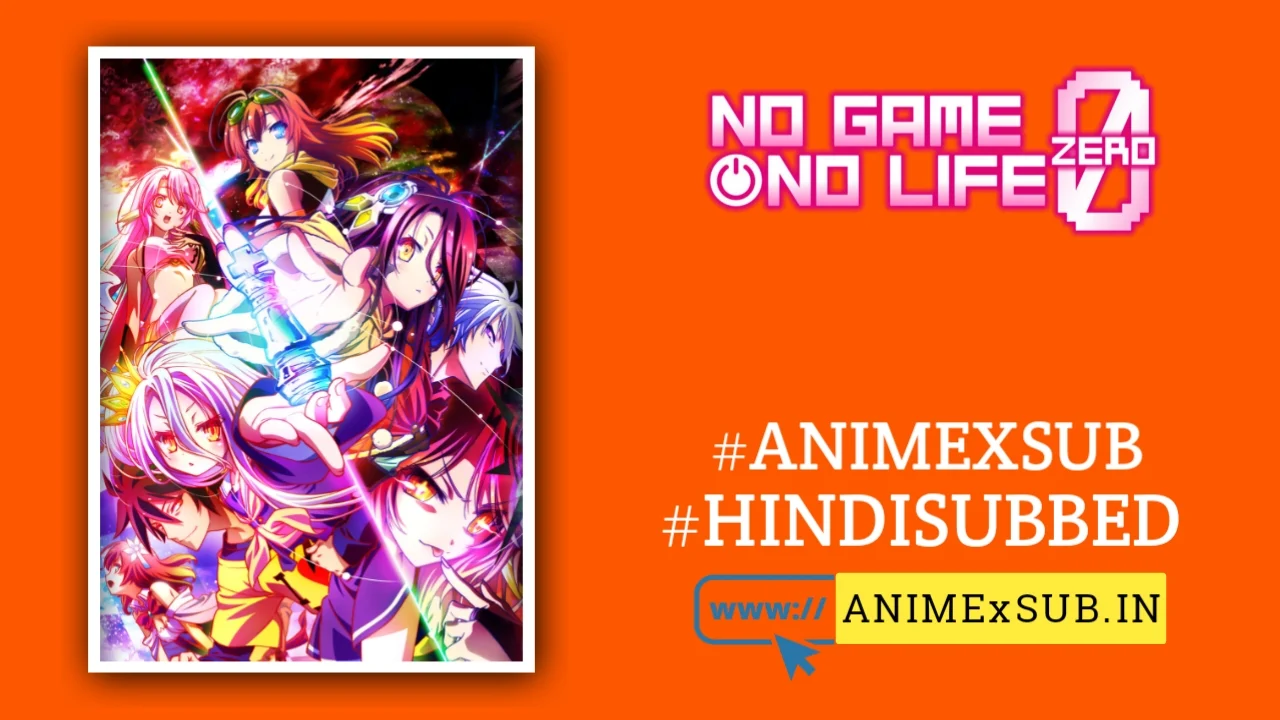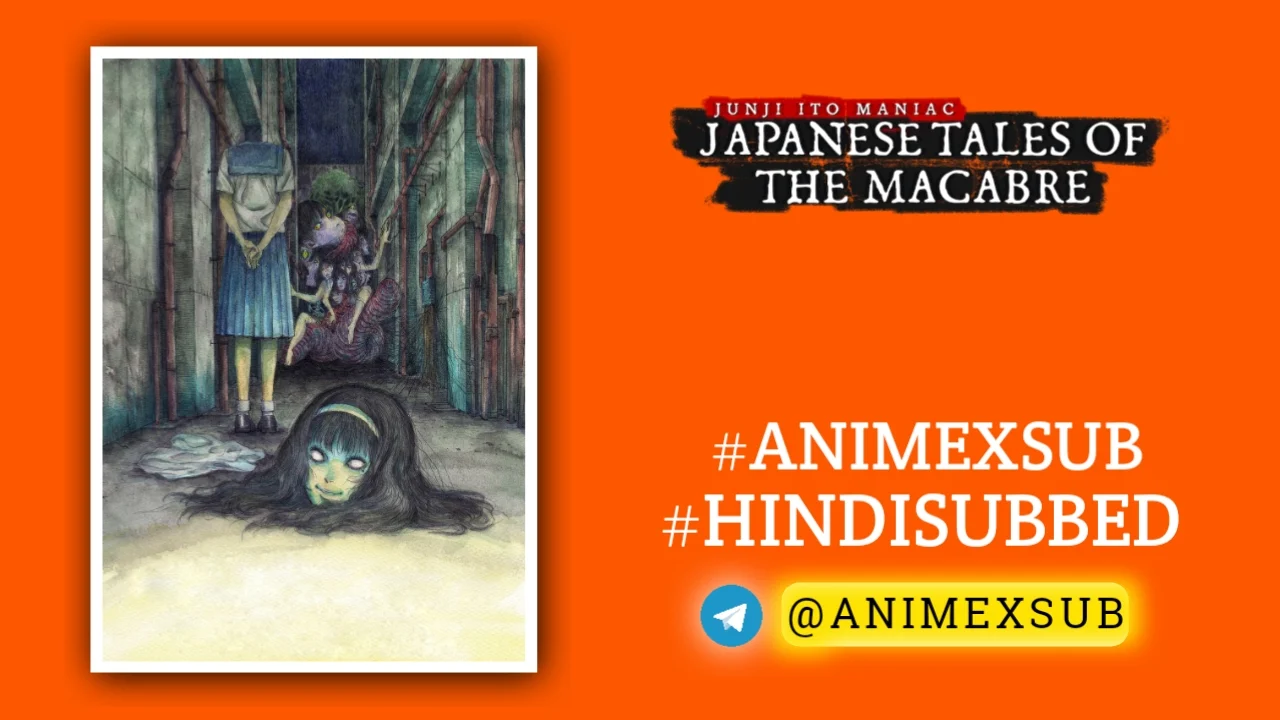
Junji Ito Maniac: Japanese Tales of the Macabre Hindi Subbed [12/12] | Itou Junji: Maniac Hindi Sub!!

Itou Junji: Maniac
Junji Ito Maniac: Japanese Tales of the MacabreSynopsis
From the horror master of manga comes a new anime series: JUNJI ITO'S MANIAC A Netflix produced anime series adapting 20 stories chosen by Junji Ito, including from: - Tomie - Souichi - The Hanging Balloons - The Strange Hikizuri Siblings: The Séance - Unendurable Labyrinth - The Long Hair in the Attic - Bullied - Where the Sandman Lives - Ice Cream Truck - Tomb Town - Library Vision - Headless Statue
Watch Trailer
Characters
Junji Ito Maniac: Japanese Tales of the Macabre – A Visceral Descent into Animated Dread
Junji Ito, the undisputed maestro of horror manga, has carved a niche in the global consciousness with his grotesque, surreal, and psychologically piercing tales. His works, like Uzumaki, Tomie, and Gyo, are celebrated for their ability to transform the mundane into nightmarish spectacles that linger long after the page is turned. Netflix’s Junji Ito Maniac: Japanese Tales of the Macabre (2023) attempts to translate this singular vision into animation, adapting 20 of Ito’s stories across 12 episodes. While the series is a bold endeavor to capture Ito’s haunting essence, it is a polarizing experience that both captivates and frustrates, offering a compelling yet imperfect gateway into his macabre universe. This article dives deep into the anthology’s strengths, shortcomings, and its place in the pantheon of horror adaptations, delivering a fresh perspective that rethinks what makes Ito’s work so uniquely terrifying.
A Tapestry of Terror: The Anthology’s Ambitious Scope
Junji Ito Maniac is an anthology series produced by Studio DEEN, directed by Shinobu Tagashira, with scripts by Kaoru Sawada. It adapts a diverse selection of Ito’s stories, from iconic entries like “The Hanging Balloons” and “Tomie: Photo” to lesser-known gems like “The Strange Hikizuri Siblings” and “Layers of Terror.” The series spans Ito’s signature blend of cosmic horror, body horror, and psychological unease, tackling themes of obsession, inescapable fate, and the grotesque distortion of reality. Each episode, ranging from 20 to 25 minutes, either focuses on a single story or pairs two shorter tales, creating a kaleidoscope of dread that mirrors the eclectic nature of Ito’s manga.
What sets Maniac apart from its predecessor, the 2018 Junji Ito Collection, is its ambition to bring Ito’s work to a broader audience via Netflix’s global platform. The series leans heavily on Ito’s visual style—his intricate linework, haunting character designs, and surreal imagery—while introducing color to his traditionally black-and-white art. The result is a visually striking, if uneven, adaptation that oscillates between moments of brilliance and missed opportunities.
The Hits: Where Ito’s Genius Shines
At its best, Junji Ito Maniac captures the unsettling, dreamlike quality of Ito’s manga, translating his meticulous artwork into animated sequences that evoke visceral reactions. Several episodes stand out for their ability to channel Ito’s unique brand of horror:
- “The Hanging Balloons” (Episode 3): This is the anthology’s crown jewel, a nightmarish tale of giant, floating heads with nooses that stalk their human counterparts. The episode perfectly balances Ito’s absurd premise with claustrophobic dread, as the balloons’ relentless pursuit creates an inescapable sense of doom. The animation, while not as detailed as Ito’s manga, amplifies the surreal horror with vibrant colors and eerie sound design, making it one of the most memorable adaptations. The story’s blend of cosmic horror and dark comedy—where victims are hunted by grotesque caricatures of themselves—is quintessential Ito, and the episode nails its tone.
- “The Strange Hikizuri Siblings” (Episode 1): Opening the series, this story introduces Ito’s knack for blending horror with black humor. The dysfunctional Hikizuri family, with their Addams Family-esque quirks, engages in a faux séance that spirals into grotesque chaos. The episode leans into the absurdity, with moments like vomiting ectoplasm and a ghostly apparition that feels both hilarious and unsettling. Studio DEEN’s decision to emphasize the comedic elements over pure horror pays off, setting a unique tone for the anthology and showcasing Ito’s versatility.
- “The Bully” (Episode 7): Unlike Ito’s supernatural tales, this story delves into psychological horror, exploring the lasting impact of childhood cruelty. The episode’s grounded narrative—centered on a woman confronting her past as a bully—feels chillingly real, with subtle animation that conveys emotional weight. Its restraint makes it stand out in an anthology often dominated by over-the-top visuals, proving that Ito’s horror doesn’t always need monsters to unsettle.
These episodes succeed because they capture the essence of Ito’s storytelling: a slow build of dread punctuated by shocking, unforgettable imagery. The use of color, while controversial among purists, adds a new dimension to Ito’s art, with vibrant reds and eerie greens enhancing the grotesque beauty of his creations. The voice acting, particularly in the Japanese dub, is another highlight, with performers like Rie Suegara (Tomie) and Yuji Mitsuya (Souichi) bringing nuance to Ito’s eccentric characters.
The Misses: Where the Adaptation Falters
Despite its highs, Maniac struggles to consistently capture the soul of Ito’s work. The primary issue lies in its overly faithful approach to the source material, which paradoxically strips the stories of their depth. Ito’s manga thrives on meticulous pacing, intricate artwork, and a lingering sense of unease that builds through repetition and detail. The anime, constrained by its short episode lengths, often rushes through narratives, leaving little room for the dread to simmer.
- Animation Quality: The animation, while serviceable, lacks the fluidity and detail of Ito’s manga. Characters often appear stiff, with jerky movements that undermine the horror. For example, in “Tomie: Photo,” the titular character’s lumbering walk post-decapitation feels more cartoonish than terrifying, diluting the impact of Ito’s body horror. The use of 3D animation in some scenes, like the awkward dancing in “The Strange Hikizuri Siblings,” is particularly jarring, clashing with the 2D aesthetic.
- Story Selection and Pacing: The anthology’s choice to adapt 20 stories in 12 episodes results in a breakneck pace that shortchanges some tales. “Tomie: Photo,” for instance, feels hollow without the context of Tomie’s broader mythology, leaving newcomers confused and fans frustrated. Similarly, “Four x Four Walls” fails to capture the sinister depth of Souichi’s character, reducing him to a mere prankster. The rushed conclusions and lack of narrative cohesion make some episodes feel like sketches rather than fully realized stories.
- Lost in Translation: Ito’s horror relies heavily on the interplay between his art and storytelling, where the grotesque is amplified by hyper-detailed visuals. The anime’s simplified animation often fails to replicate this, making shocking reveals—like the body horror in “Layers of Terror”—feel cartoonish rather than gut-churning. Critics have noted that the series feels like a “copy-and-paste” of manga panels, lacking the creative adaptation needed to translate Ito’s work into a new medium.
These shortcomings highlight a broader issue: Maniac struggles to balance fidelity to Ito’s art with the demands of animation. While it captures the visual style, it often misses the atmospheric dread that makes Ito’s manga so haunting. The result is an anthology that feels like a surface-level tribute rather than a transformative adaptation.
Themes and Impact: Ito’s Vision in a New Light
Despite its flaws, Junji Ito Maniac succeeds in showcasing the breadth of Ito’s thematic concerns. His stories explore universal fears—obsession, loss, and the fragility of the human body—while grounding them in uniquely Japanese cultural contexts. The series retains this, with tales like “Tomb Town” weaving folklore-inspired horror into modern settings, and “The Hanging Balloons” evoking the claustrophobic paranoia of J-horror films like Ringu. The anthology also highlights Ito’s ability to blend humor and horror, as seen in the darkly comedic “Ice Cream Bus,” where a seemingly innocent treat turns grotesque.
For newcomers, Maniac serves as an accessible entry point to Ito’s world, introducing his iconic characters like Tomie, a femme fatale whose beauty drives men to madness, and Souichi, a mischievous trickster with a sinister edge. The series’ nostalgic aesthetic, with its nod to ’90s anime and retro technology (think CRT TVs and VHS glitches), adds a layer of charm that resonates with fans of classic horror. However, for longtime Ito enthusiasts, the anthology’s fidelity to the manga can feel like a double-edged sword—familiar yet lacking the depth of the original.
A Next-Level Perspective: Reframing the Adaptation
What makes Junji Ito Maniac a compelling case study is its role as a bridge between Ito’s cult following and mainstream audiences. Rather than judging it solely against the manga, we can view it as a reinterpretation that prioritizes accessibility over perfection. The series’ use of color, for instance, is a bold departure from Ito’s black-and-white art, transforming his stark imagery into a vivid, if less detailed, experience. Episodes like “The Hanging Balloons” and “The Bully” demonstrate how animation can amplify Ito’s ideas through sound design and voice acting, even if the visuals don’t always match the manga’s intensity.
Moreover, Maniac challenges the notion that adaptations must be slavishly faithful. Ito’s work is inherently tied to the static, deliberate pacing of manga, where readers linger on grotesque details. Animation, with its fluid motion and time constraints, demands a different approach. The series’ failures—rushed pacing, inconsistent animation—highlight the need for creative reinterpretation rather than literal translation. The upcoming Uzumaki adaptation by Adult Swim, with its meticulous attention to detail and atmospheric dread, suggests a path forward for future Ito adaptations.
Should You Watch It?
Junji Ito Maniac: Japanese Tales of the Macabre is a flawed but fascinating addition to Ito’s legacy. For horror fans and newcomers, it’s a visually striking introduction to his world, with standout episodes like “The Hanging Balloons” and “The Strange Hikizuri Siblings” capturing the surreal terror that defines his work. However, longtime fans may find it lacking the depth and dread of the manga, with rushed pacing and uneven animation diluting the impact of some stories.
Recommendation: Watch it as a slow burn, savoring one or two episodes at a time to appreciate the variety of Ito’s storytelling. Pair it with the manga for a fuller experience, as the anime serves best as a companion piece rather than a standalone work. Available exclusively on Netflix, it’s a must-watch for horror enthusiasts, but temper expectations if you’re a purist.
Rating: 7/10 – A valiant effort that captures Ito’s essence but struggles to transcend the page.
Final Thoughts: A Stepping Stone to Ito’s Dark Cosmos
Junji Ito Maniac is neither a triumph nor a failure but a bold experiment in adapting one of horror’s most unique voices. It succeeds in bringing Ito’s grotesque imagination to a wider audience, with moments of brilliance that evoke the chilling magic of his manga. Yet, its limitations—stiff animation, rushed narratives, and a too-literal approach—underscore the challenges of translating Ito’s meticulous art into animation. For those new to Ito, it’s a gateway to his twisted world; for fans, it’s a reminder of why his manga remains unmatched. As we await future adaptations like Uzumaki, Maniac stands as a testament to Ito’s enduring influence, even if it doesn’t fully capture his nightmarish genius.
Dive into Junji Ito Maniac on Netflix, but be warned: once you enter Ito’s world, the dread lingers long after the screen fades to black.
Support Our Anime Community!
Love watching the latest anime? Help us keep uploading new episodes by join telegram channel ❤️
Join Now!